Modernism Art
The following art scholars craft readings that tend to wander as it unravels the interviews and inner thoughts of artists. Various readings explore the evolution of conceptual art, focusing on artists' moves away from traditional forms and material objects towards more abstract, process-oriented works. Huebler's shift from sculptural objects to in-situ practices illustrates his embrace of art as an informational system, utilizing maps, photographs, and texts to explore the participation of viewers in the art-making process. His work sought to democratize art by focusing on the process of creation and stripping away the focus on the physical object. Smithson, on the other hand, examined the interplay between natural and industrial landscapes, using maps to explore the temporal and spatial transformations of sites. His works, including his site/non-site dialectic, engaged viewers by suggesting that sites are fragments of past, present, and future experiences. Smithson’s exploration of quarries made me reflect on how we navigate and interact with our surroundings, though I don't think I need a guide to do so.
Mierle Laderman Ukeles further pushed the boundaries of art by elevating maintenance work, which she saw as undervalued labor, into the artistic realm. Her concept of "CARE" turned maintenance into a critical, artistic act, highlighting the often-invisible, feminized labor that sustains both art and society.
Artists like Piper and Bochner also utilized language and public intervention to break down conventional artistic structures. Piper’s performances questioned public space and identity, while Bochner’s work emphasized the relationship between perception, measurement, and material experience. Meanwhile, Valie Export’s Women’s Art: A Manifesto challenged gendered oppression in the art world, urging women to reclaim media as a tool for resistance. Lee Lozano’s departure from the art world critiques the capitalist and gendered structures that dominated the art scene, making her withdrawal a radical act of defiance. Through these various practices, the artists discussed in the readings dismantled the traditional boundaries of art, questioning its form, function, and societal implications.
A common thread that connects many artists from the 1960s is their rejection of the "body" This was evident in their work, which was less focused on visual representation and more on the experiences generated by the viewers. These artists stripped their works of traditional forms, replacing them with language and written text as the final medium. By incorporating words, they could shift the narrative and present an invisible material that brings attention to actions or sequences that often go unnoticed. Most of these textual art forms engaged in a dialogue of political liberation within the art world. This dialogue was viewed as a process, a rejection of one established idea in favor of an exploration of the artist's own ideologies—“through terms and conditions that have already been established.” By moving away from traditional expectations of what art should be, the use of dialogue and written text allowed artists to challenge the norms and redefine the purpose and power of art itself. Through these innovations, the art world was pushed to think beyond the visual and embrace a broader, more inclusive understanding of what art could accomplish.



